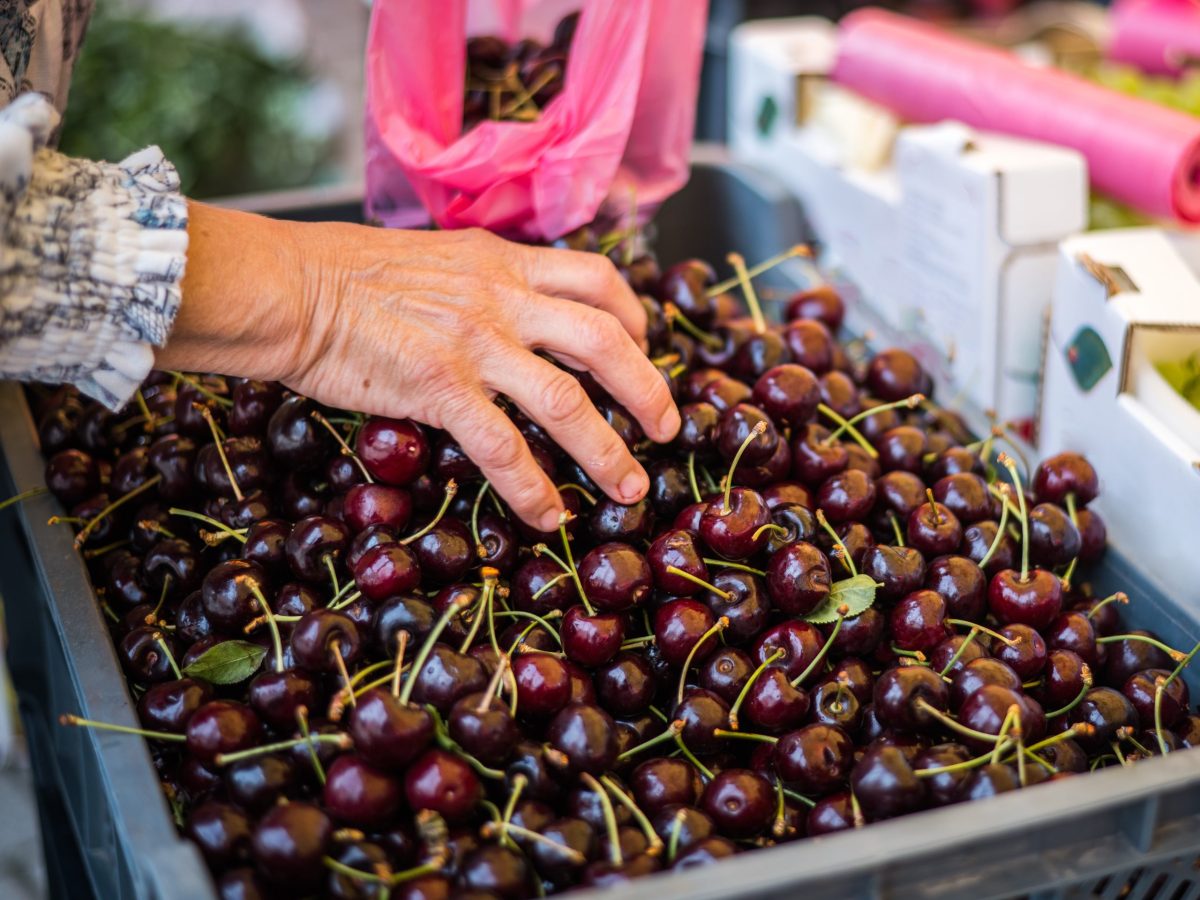While much is known about consumer behaviour, recent advancements in AI and data analysis now make it possible to acquire a far more specific understanding of what drives particular individuals or subgroups of consumers to purchase.
A new collaboration between researchers at Queensland University of Technology, NSW Department of Primary Industries (DPI) and growers across New South Wales aims to use these new tools to gain a more granular understanding of what drives fresh-produce buying behaviour in Australia.
To do so, the ‘Consumer drivers for fresh produce purchasing’ project will survey Australian consumers regarding their personal preferences when buying fresh produce online, then combine those findings with information on buying behaviour drawn from larger datasets to establish a ‘hierarchy of drivers’ for fresh-produce purchasing in specific sub-groups.
“The goal of the project is to provide growers across NSW with valuable insights into consumer behaviour, enabling them to align their production and marketing strategies accordingly,” explains Dr Alison Bowman, Group Director, Plant Systems at NSW DPI.
This project will form the initial phase of a multi-stage endeavour, Dr Bowman says. “The ultimate objective is to communicate the value of products more effectively to consumers by enabling fruit, vegetable and tree-nut farmers to personalise targeted messages.”
The ‘Consumer drivers for fresh produce purchasing’ project commenced on 7 September 2023 and is expected to run until the end of June 2024.

Dr Ryan Payne from QUT’s Centre for Future Enterprise and BEST leads a multi-disciplinary ‘Consumer-valued attributes in fresh produce’ project team. Credit: Queensland University of Technology
The project team
Dr Ryan Payne from QUT’s Centre for Future Enterprise (CFE) and Centre for Behavioural Economics, Society and Technology (BEST) leads the multi-disciplinary project team, which includes post-doctoral researchers and PhD students from CFE, BEST and recently established ARC Training Centre for Behavioural Insights for Technology Adoption (BITA).
NSW DPI and growers across NSW will collaborate closely with the research team throughout the project, providing insights and information, and helping with data collection.
The strategy
The project is looking to harness the potential of digital technology and consumer insights to empower farmers across NSW to improve their competitive advantage in Australia’s agricultural sector. It has three key components: data analysis, consumer profiling and targeted marketing.
“This research differs from previous studies that have explored food hierarchies in upcycling or value-chain based methods,” Dr Payne says. “Such hierarchies have looked at food in sector formats or as consumer preferences without considering actual consumption patterns relative to socio-economic geographic areas.”
By contrast, he says, “This project will develop consumer profiles based on purchasing records and lifestyle data, facilitating a better understanding of different consumer segments. These profiles will then serve as the foundation for exploring influencer marketing and personalised techniques to customise product offerings.
“We’ll also delve into consumer preferences, such as the importance of supply-chain transparency and factors influencing purchasing decisions – income, obligation, tradition, production style and the like.”
“This approach goes beyond mere guesswork and assumptions, allowing the application of previously established research to microtargeting, enabling farmers to make data-driven decisions and stay ahead of evolving consumer trends.”

What drives specific subgroups of Australian consumers to purchase fresh horticultural produce? This project aims to find out. Credit: Shutterstock
The research
In a nutshell, the ‘Consumer drivers for fresh produce purchasing’ project team will track the online personal food preferences of a representative sample of NSW-based consumers and use this information to establish a ‘hierarchy of drivers’ for purchasing food products, including affordability, access and source.
In Phase 1 of the project, which runs until the end of 2023, the project team will:
- investigate and identify key ‘personalisation drivers’ that influence purchasing behaviour for agricultural products to gain a deeper understanding of the factors consumers consider when making personalised choices, such as product attributes, and their own individual preferences and needs;
- combine data from the survey findings with relevant information from large socio-economic datasets – such as that from the HILDA project, a long-running annual survey that taps the lifestyle preferences of more than 17,000 Australians, including purchasing and consumption behaviours – to develop a ‘hierarchy of personalisation drivers’ that ranks the identified personalisation drivers based on their relative influence and impacts on consumer purchasing behaviour – that is, in shaping consumer preferences and decision-making processes;
- design and implement methods, such as surveys and experiments, to measure consumer preferences for personalised agricultural products, starting with the specified target crops (blueberries: year-round, and cherries: seasonal) and, if the initial surveys prove successful, conducting additional projects to explore drivers of purchase in different horticultural products;
- collect additional data on factors such as taste, quality, price, convenience, sustainability and brand reputation;
- analyse the influence of these factors on buying behaviour; and
- host a workshop with DPI and its partners to review the survey design and experimentation.
In Phase 2, extending from January through June 2024, the team will conduct what is known as ‘market segmentation analysis’. “This analysis will identify distinct consumer segments based on their preferences for personalised agricultural products,” Dr Payne explains.
“From here, we will be able to define consumer profiles that enable a deeper understanding of the unique characteristics, motivations and needs of each segment. The idea is that these profiles will enable growers to tailor their marketing strategies and product offerings accordingly.”
Finally, the team will make actionable recommendations to farmers via seminars and other communications around using online personalisation strategies to boost consumer engagement, increase sales and gain a competitive edge in the market; and workshops that provide insights on product development, branding, marketing communication and customer relationship management to meet the specific preferences and demands of different consumer segments.

Consumer choosing cherries: The project team will run experimental surveys, using seasonal products, such as cherries, as well as produce that is available to NSW-based consumers year-round, such as blueberries, as agricultural examples. Credit: Shutterstock
Why it is important
The project findings will provide valuable guidance for farmers in NSW, enabling them to make data-driven decisions, prioritise product characteristics and effectively communicate their farming practices and supply-chain transparency to consumers.
Armed with this deeper, more granular information, growers can adjust what and when they produce to better meet consumer needs. Growers, marketers and industry bodies can craft messages that speak to personal values and address barriers to purchase of fresh horticultural products– here, cherries and blueberries – online and in-store, and in specific sub-groups of consumers, says Dr Payne.
The research team’s contention is that personalised communications sent via appropriate channels – which again will differ depending on the sub-group and whether you’re targeting online or in-store shopping – are more likely to drive actual purchases, online and in store.
Lead image: Changing consumer attitudes to sustainability will impact the future of Australia’s horticulture sector. Credit: Shutterstock


